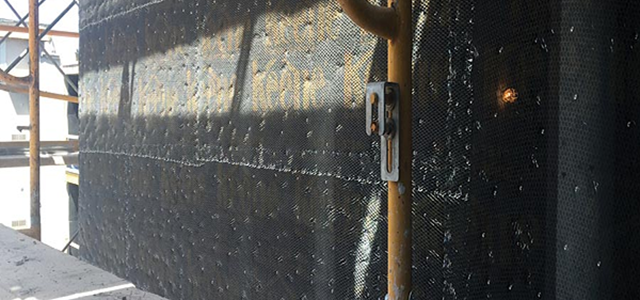
The idea of a drainage plane for the construction of wall assemblies has been used for years in masonry cavity wall/veneer construction. The airspace provided by the drainage plane allows the wall to properly dry should it come into contact with incidental moisture. The incorporation of rainscreen(s) provide the ability for stucco/plaster wall assemblies to properly breathe and dry out as these assemblies have become much tighter and less forgiving with the new energy codes. The evolution of stucco wall systems is a good place to start with today’s discussion.
In ancient times, “plaster,” which comes from the Greek word emplastos meaning to “daub on,” was used primarily on interior walls and ceilings as an ornamental finish for creating different reliefs, moldings, and cornices, in addition to providing a smooth finish over substrates. Because of its versatility, plaster evolved into an exterior cladding beginning with the Romans who began adding pozzolanic materials to a predominately lime based mixture to increase its durability and strength. Stucco composites were further improved during the Italian Renaissance, and up until the 19th century with the advent of Portland cement, were mostly a mixture of different types of natural bonding agents, such as lime, aggregates and water.
Click HERE to read more...